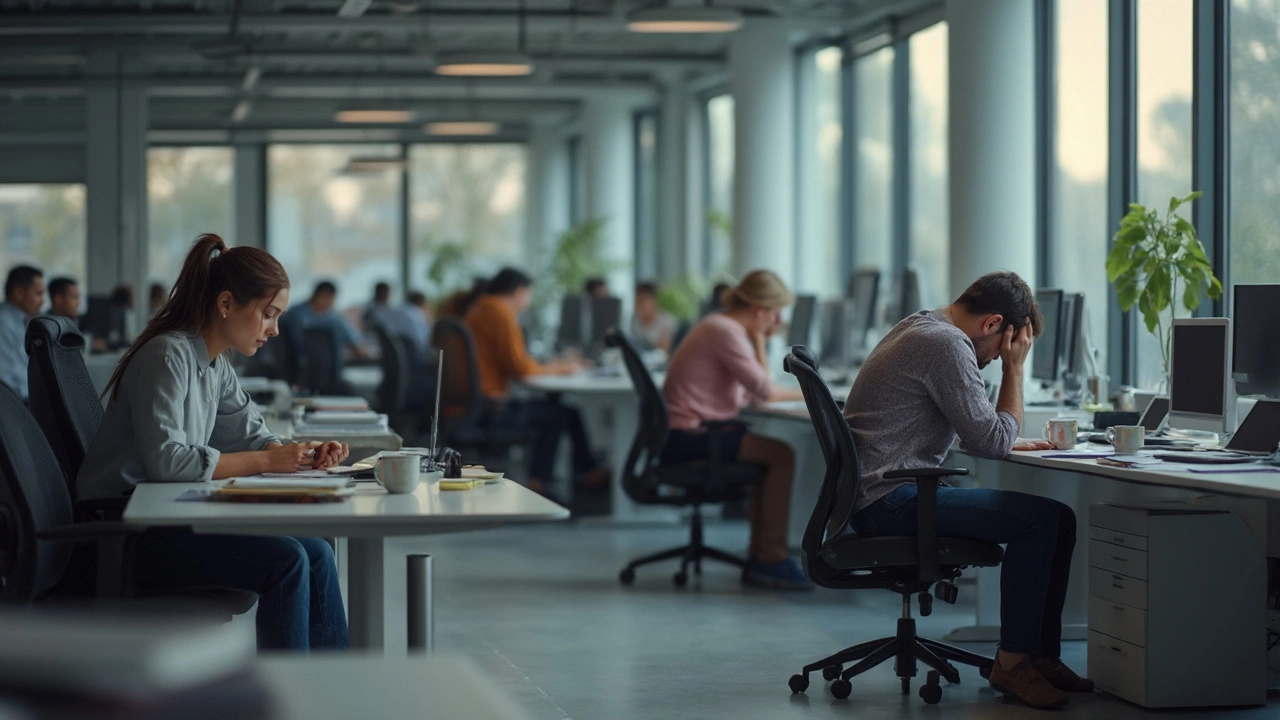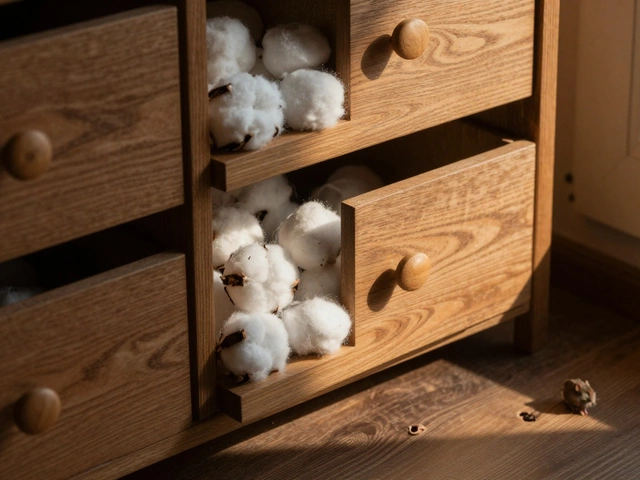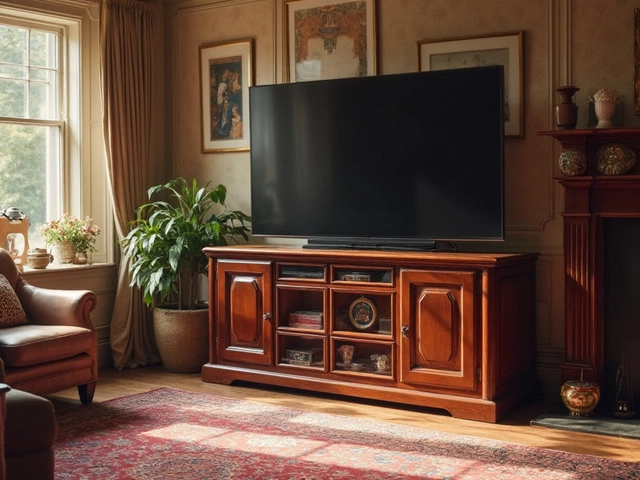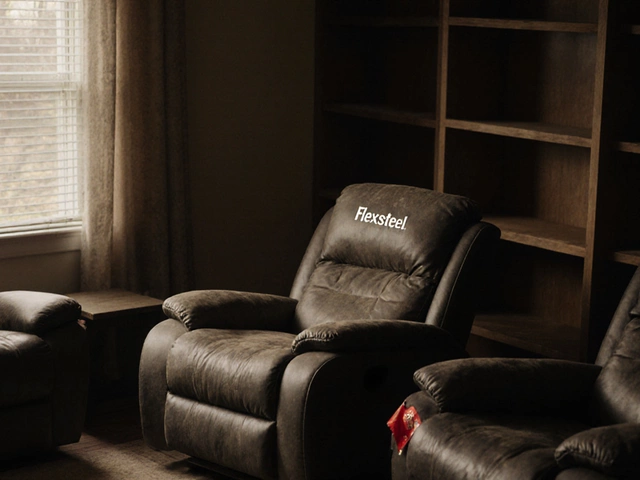Productivity Boost: How the Right Furniture Improves Your Work and Study
Ever notice how a wobbling chair or a cluttered desk makes it hard to concentrate? The truth is, the furniture you use can either help you flow or hold you back. In this guide we’ll cover the easy changes you can make to turn any room into a productivity machine.
Pick the Right Desk for Your Tasks
First thing’s first – the desk. If you spend hours writing, drawing, or using a laptop, you need a surface that’s at the right height. Too low and you’ll hunch; too high and your shoulders will climb. A desk that lets your elbows sit at a 90‑degree angle keeps your arms relaxed and your mind clear. Look for a sturdy top that won’t shake when you type, and add a small riser if you need a little extra height.
Choose a Chair That Supports You
Most people spend more time sitting than standing, so a good chair matters. An ergonomic chair with adjustable lumbar support, seat depth, and armrests lets you fine‑tune the fit. When you sit back, your lower back should feel supported, not cramped. If your chair has a tilt lock, set it so you can lean slightly forward while working – that posture encourages focus.
Don’t forget the cushion. A breathable mesh or padded fabric lets you sit longer without getting sweaty. If you’re on a budget, a high‑quality office chair from a reputable brand is worth the splurge because it will last longer and keep you comfortable.
Beyond the main pieces, small additions can make a big difference. Use a small desk lamp with adjustable brightness to reduce eye strain. Keep a phone holder on the side so you don’t have to keep looking down. A footrest that lifts your feet a few inches can improve circulation and prevent fatigue.
Now think about storage. A cluttered workspace steals your mental energy. Open shelves let you see what you need, while closed cabinets hide distractions. Label bins for pens, papers, and tech accessories so you can grab what you need fast. When everything has a home, you spend less time searching and more time doing.
For students, the same rules apply. A study desk at the right height, a supportive chair, and organized shelves help you stay on top of assignments. Add a corkboard for deadlines and a timer to break work into focused sprints – the furniture sets the stage, the habits keep you moving.
If you work from home, consider a separate “office corner.” Even if the space is small, keeping it distinct from the couch signals to your brain that it’s time to focus. A simple rug under the desk can demarcate the area without costing much.
Finally, test before you buy. Sit in the chair, write on the desk, open a drawer – make sure everything feels natural. Most stores let you try for a few minutes, and it’s worth the effort to avoid uncomfortable gear later.
By matching your furniture to the way you work or study, you’ll notice fewer aches, fewer distractions, and more getting‑things‑done. Small changes today can lead to big productivity gains tomorrow.






